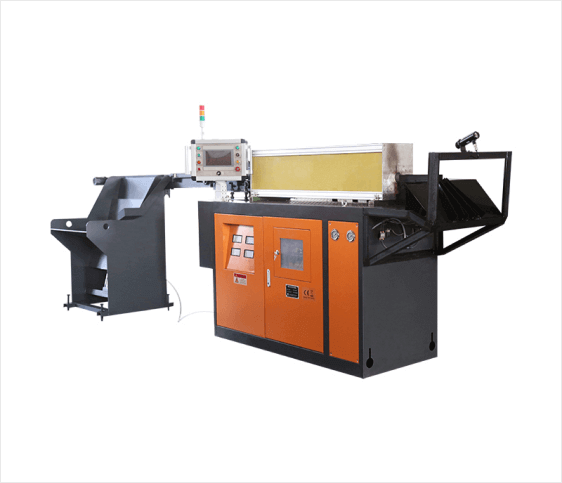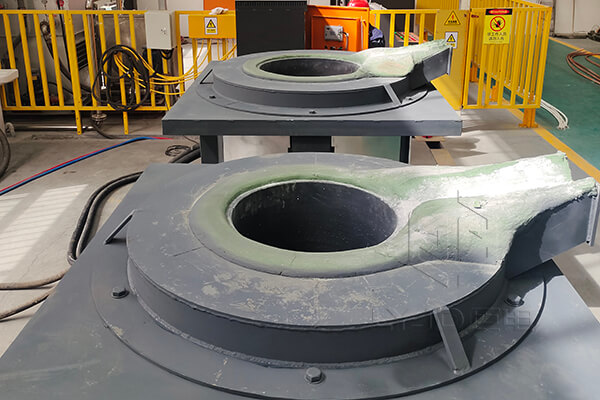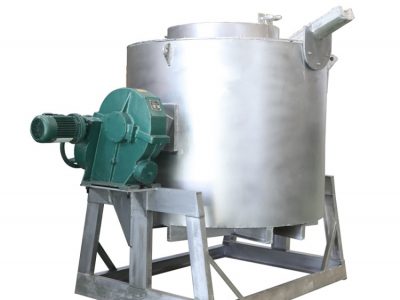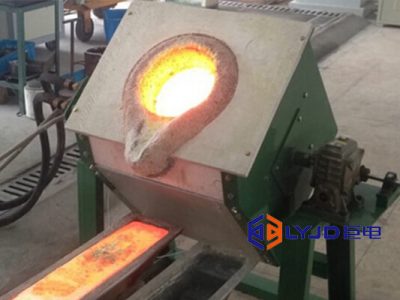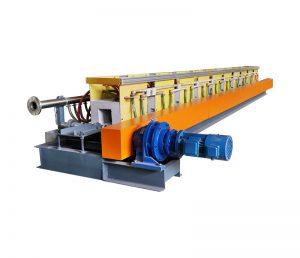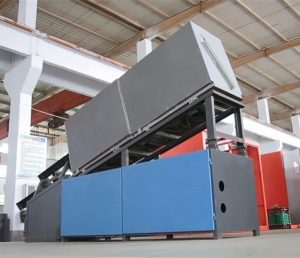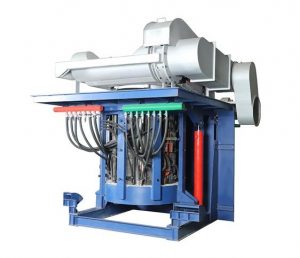Lining materials commonly used in an aluminum alloy melting furnace are roughly divided into three categories: block refractory materials, amorphous refractory materials, and heat insulation materials.
Block Refractories
Commonly used block refractory materials are as follows:
Ordinary Clay Bricks: Al2O3 content is between 30% and 48%; the main mineral composition is cristobalite and mullite.
High-Alumina Bricks: Al2O3 content ≥ 48%; the first-grade high-alumina bricks ≥ 75%, the main mineral composition is corundum and mullite; the second-grade high-alumina bricks 60%-75%, the third-grade high-alumina bricks 48%-60%, the main mineral composition is mullite and cristobalite.
High alumina bricks are mainly used to build the inner wall of the molten pool in contact with the aluminum melt, and as a furnace, beam masonry to support the electric heating element material. This kind of brick has high refractoriness, high mechanical strength, good slag resistance, etc., but its resistance to rapid cooling and heat is not as good as that of ordinary clay bricks, and the price is slightly more expensive.
Ordinary clay bricks are mainly used for the parts that are not in direct contact with the molten metal and the lining of the furnace. This kind of brick has the advantages of good resistance to rapid cooling and rapid heat, poor thermal conductivity, good volume stability, and low price. However, due to the high content of SiO2 and poor slag resistance, it is easy to be reduced and pollute the melt when it contacts with molten aluminum, and it is easy to agglomerate due to the penetration of molten aluminum, which increases the difficulty of maintenance, so it is generally not used as a melting furnace and a static furnace—the surface material of the molten pool.
Castable for Aluminum Alloy Melting Furnace
Refractory castables are made by mixing refractory clinker as aggregate and admixture, adding an appropriate amount of binder. It has the characteristics of low manufacturing cost, fast construction speed, good thermal stability, small refiring shrinkage rate, good integrity after furnace pouring, and strong mechanical collision resistance. Therefore, it has a longer service life and is very popular.
Refractory castables are divided into hydraulic materials with various types of cement as binders, air-hardened materials with water glass as binders, and thermosetting materials with phosphoric acid or phosphate as binders according to different binders or hardening conditions.
The refractory castables commonly used in aluminum alloy melting furnaces include cement castables (essentially refractory cement) used in the overall furnace lining, ramming materials used in the lining production process of induction melting aluminum furnaces, and refractory mud used for masonry furnaces. There are also refractory coatings used to protect the masonry surface and gunning materials for gunning damaged parts of the furnace lining.
Refractory Bricks Commonly Used in Aluminum Alloy Melting Furnace
In addition to ordinary clay bricks and high alumina bricks, commonly used refractory bricks for aluminum alloy melting furnaces, some foreign factories use chrome-magnesia bricks as the lining sheet for the melting pool. This kind of brick has a high density, can prevent the penetration of aluminum melt, has strong resistance to alkaline slag and melt erosion, does not pollute the aluminum melt, has high refractoriness, and has better resistance to rapid cooling and heat, but the price is more expensive.
There are many kinds of lining materials for aluminum alloy melting furnaces. The cost of each material is different. Luoyang Judian is a professional aluminum alloy melting furnace manufacturer. If you want to buy lining materials for aluminum alloy melting furnaces or want to buy aluminum melting furnaces directly, please contact us.
